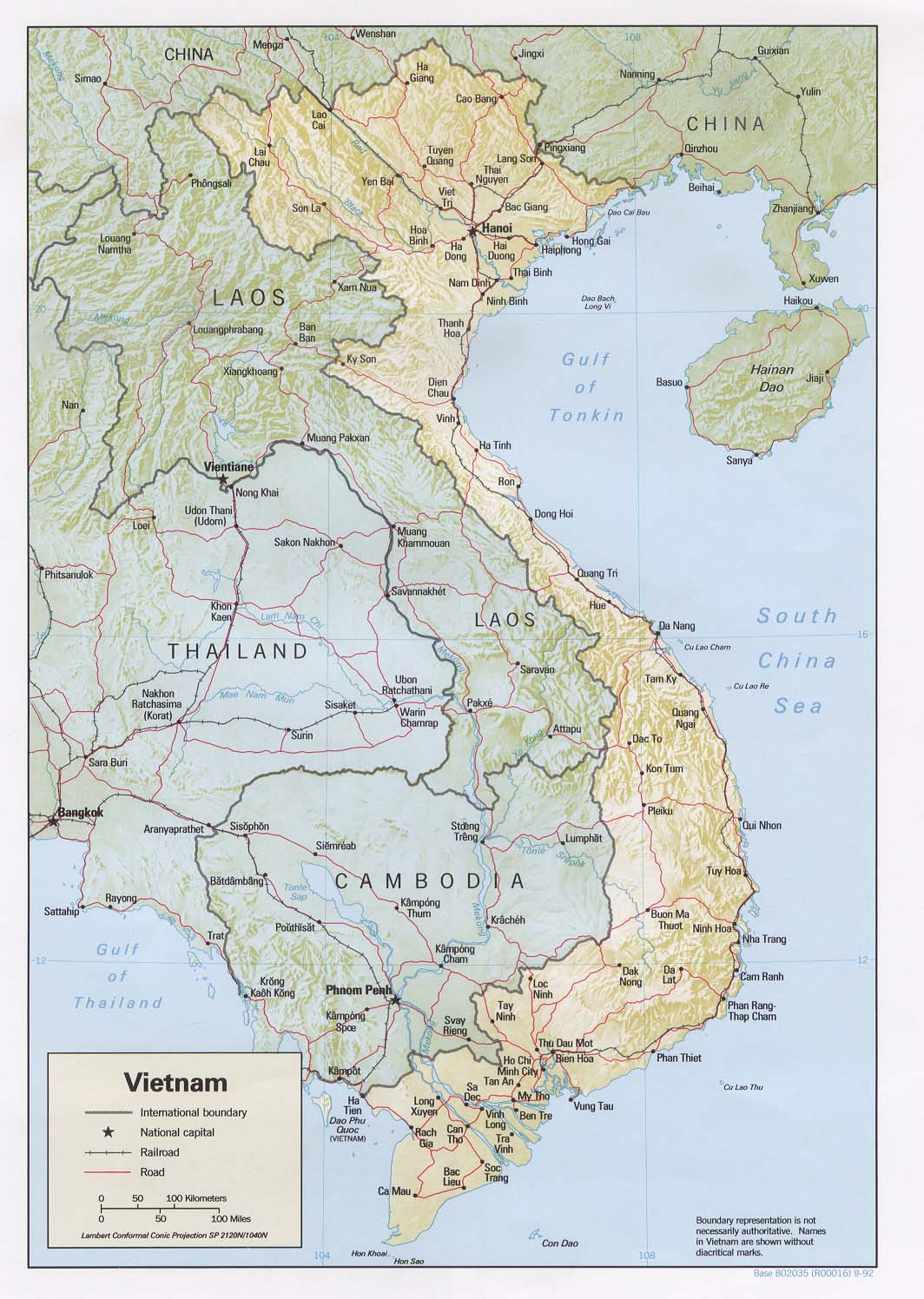Vietnam is a country of 54 ethnic groups and over 20 separate languages. Since 1945, tiếng Việt is the official national language, having been originated as a writing system developed by 17th century missionaries from Europe.

After being conquered by the French in the late 19th century, French replaced Chinese as the official language of the administration and education. Many loanwords from French made their way into Vietnamese during this time, to include the French words savon (soap), valise (suitcase), and beurre (butter) – now rendered in Vietnamese as xà phòng, va li, and bơ (if you´re frustrated at Vietnamese people´s pronunciation of only the first half of a word and never the second, blame the French!). In 1910, the French colonial administration officially adopted the Latin alphabet, distinguishing Vietnamese from other Southeast Asian languages by giving it a Western writing system. Since the end of World War II and Vietnamese independence from the French, use of this alphabet has been compulsory, allowing for a rapid rise in literacy rates for huge numbers of Vietnamese people (to include previously non-Vietnamese-speaking ethnic minorities).
Tiếng Việt is, grammatically speaking, very easy to learn, as the language is not inflected like English or German and because words do not morph to reflect tense, number, mood, case, person, etc. Learning to pronounce Vietnamese, however, can be a major challenge, given its somewhat complex system of tones – each word in Vietnamese has a fixed tone that dictates the pitch at which the word must be spoken in order to maintain a given meaning. There are 6 tones (thanh âm), represented by 5 different symbols (dấu). The sixth tone, spoken at a flat pitch, has no symbol.
A few important phrases in Vietnamese language
| Hello / Good morning / Good evening / Good afternoon! | Xin chào |
| Bye! | Chào (tạm biệt) |
| See you later! | Hẹn gặp lại |
| How are you? | Anh/ chị/ ông bà có khỏe không? |
| Fine, thanks! / Good, thanks! | Tôi khỏe, cảm ơn |
| And you, how are you doing? | còn chị/ anh/ bà/ ông? |
| Doing fine as well, thank you! | Tôi cũng khỏe, cảm ơn. |
| Thank you. | Cảm ơn |
Oh, it´s nothing! / No problem! | Không có chi |
What is your name? | Chị/ anh tên là gì? |
My name is … | Tên tôi là ... |




